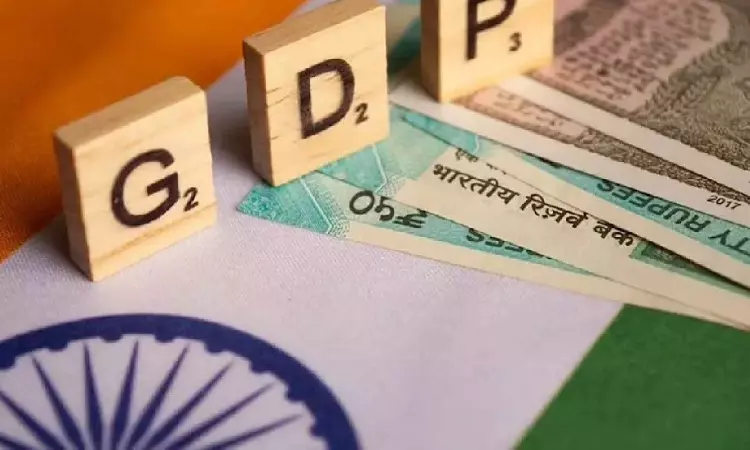Editorial; Razzmatazz of growth
PM Modi is confident about India transforming into a $5 trillion economy

Representative Image
NEW DELHI: Last week, growth in India’s GDP sped to a four-quarter high of 7.8% at Rs 40.4 trillion, while the Gross Value Added (GVA) in the economy also expanded to 7.8% in the first quarter of the financial year. Manufacturing GVA saw an uptick for the second quarter in a row, after six months of contraction, and the pace of growth picked up slightly to 4.7% in Q1, from 4.5% in the previous quarter. Estimates released by the National Statistical Office said agriculture, forestry and fishing GVA grew 3.5% between April and June, but the sharpest spike was witnessed in the services sector.
The GVA of financial, real estate and professional services grew 12.2% in Q1, while trade, hotels, transportation, communication, as well as broadcast-related services surged 9.2%. Construction, defence, and public administration sectors witnessed a GVA growth of 7.9% each. So, is India shaking off the pandemic blues and on the road to recovery? Economists say it might be premature to celebrate as a weak monsoon is causing heartache to the agri-sector on account of farmers’ incomes as well as crop yields. The pressure being exerted by high inflation and global headwinds have hit the goods export segment and the manufacturing space too. And it will cause a slowing down of growth through the rest of 2023-24.
Despite a supportive base propelling the GDP to a four-quarter high, it has fallen below the expectations of 8.5% as well as the RBI MPC’s projection of 8%. The mild uptick in manufacturing and the deceleration in the construction sectors have contributed to this slower than expected growth rate. Chief Economic Adviser, V Anantha Nageswaran remained optimistic in the backdrop of the announcement of these figures, expressing confidence that the Indian economy is poised to grow 6.5% this year, as forecast before.
The optimism is not unfounded as China recorded only a 6.3% rise in the same quarter and is in the throes of a fresh slowdown. Our current growth rate makes us one of the fastest growing major economies globally, and a significant contributor to the global expansion of GDP. But, there are a few caveats to consider.
PM Modi is confident about India transforming into a $5 trillion economy. However, the metric employed for such declarations is the nominal GDP of India. This could be misleading as nominal GDP offers an estimate of national output for a year at the prevalent prices in that period. The actual size of the economy is revealed in the real GDP which gets adjusted for price changes. What this means is that India could very well hit its $5 trillion goal in nominal terms, even if there are no major changes in the economy’s output. It’s why international agencies like the UN, World Bank and IMF base their economic growth estimates on real GDP, which is adjusted for price, as opposed to nominal GDP, which is estimated at current market prices.
One must also understand that despite having beaten China to emerge as the most populous nation globally, India’s per capita income (Gross National Income/GNI) remains the lowest among all G20 nations, which ranks us as the poorest of the lot. If India is serious about standing alongside the US with regard to GDP and per capita income, it must shed the buccaneering and look into mobilising resources and making real investments in physical and human capital, at degrees that are significantly higher than what we report today.



